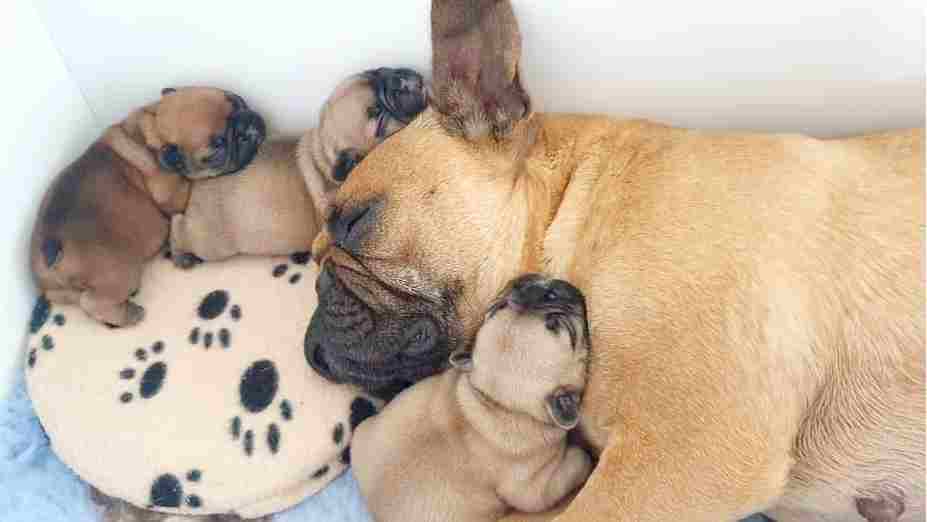
Why Heating Is Vital for Newborn Puppies
Share
Newborn Puppy Heating Guide
Newborn puppies can’t regulate body temperature. Learn how heating pads, discs and heat lamps help keep your litter safe and thriving.
Why Heating Is Vital for Newborn Puppies
In their first few weeks, puppies are completely dependent on you — not just for feeding, but for warmth. Unlike adult dogs, newborns can’t regulate their body temperature, making them highly vulnerable to cold, even in mild weather.
Without proper heating, puppies can become chilled, leading to weakness, digestive issues, and, in severe cases, fading puppy syndrome. Here's how to keep your litter warm, comfortable, and safe from day one.
1. Understanding Newborn Puppy Temperature Needs
Newborn pups need external warmth until they're about 3–4 weeks old. The recommended ambient temperatures are:
Week 1: 29–32°C
Week 2: 26–29°C
Week 3–4: 23–26°C
Chilling is one of the biggest risks in the early days — even pups born in summer can get cold on tiled floors or under fans or air conditioning.
2. Heating Options for Breeders
Oz Fur Kids offers a range of Heating & Critical Care products tailored for breeders. Popular options include:
Microwavable heat discs: Great for portability and short-term warmth. Retain heat for hours and stay safe under bedding.
Electric heating pads: Ideal for consistent warmth. Choose low-voltage versions like our Warm-A-Pet heat pad with adjustable settings for safe use in whelping boxes.
Heat Lamps: Heat lamps maintain a consistent temperature in the whelping area, helping to mimic the warmth normally provided by the dam. This is especially helpful for orphaned or rejected pups, or when mum is away temporarily. Our heat lamps have two heat settings so on those cool nights they can be turned up to ensure pups stay warm.
Always provide a warm zone and a cooler area in the whelping box so pups can move as needed.
3. Safe Heating Practices
To avoid overheating:
Place heating pads under bedding, not directly against the pup's skin.
Always monitor temperatures using a digital thermometer.
Avoid using wheat packs or hot water bottles, which cool unevenly and can burn.
Keep mum comfortable too — she shouldn't be panting or restless from excessive heat.
4. Signs a Puppy Is Too Cold or Too Warm
Too cold:
Cold skin or paws
Crying, weak suckle reflex
Huddling tightly or lying still away from littermates
Too warm:
Panting
Lying away from the heat source
Overly restless behaviour
Temperature management is a balancing act — regular monitoring is essential.
5. Don’t Forget Emergencies and Transport
If transporting a newborn pup to the vet or another home, always use a safe heat source. A small carrier with a Snugglesafe microwavable heat disc or a Warm-A-Pet heat pad with an in-car lead and soft towel can prevent sudden temperature drops that might otherwise be fatal.
